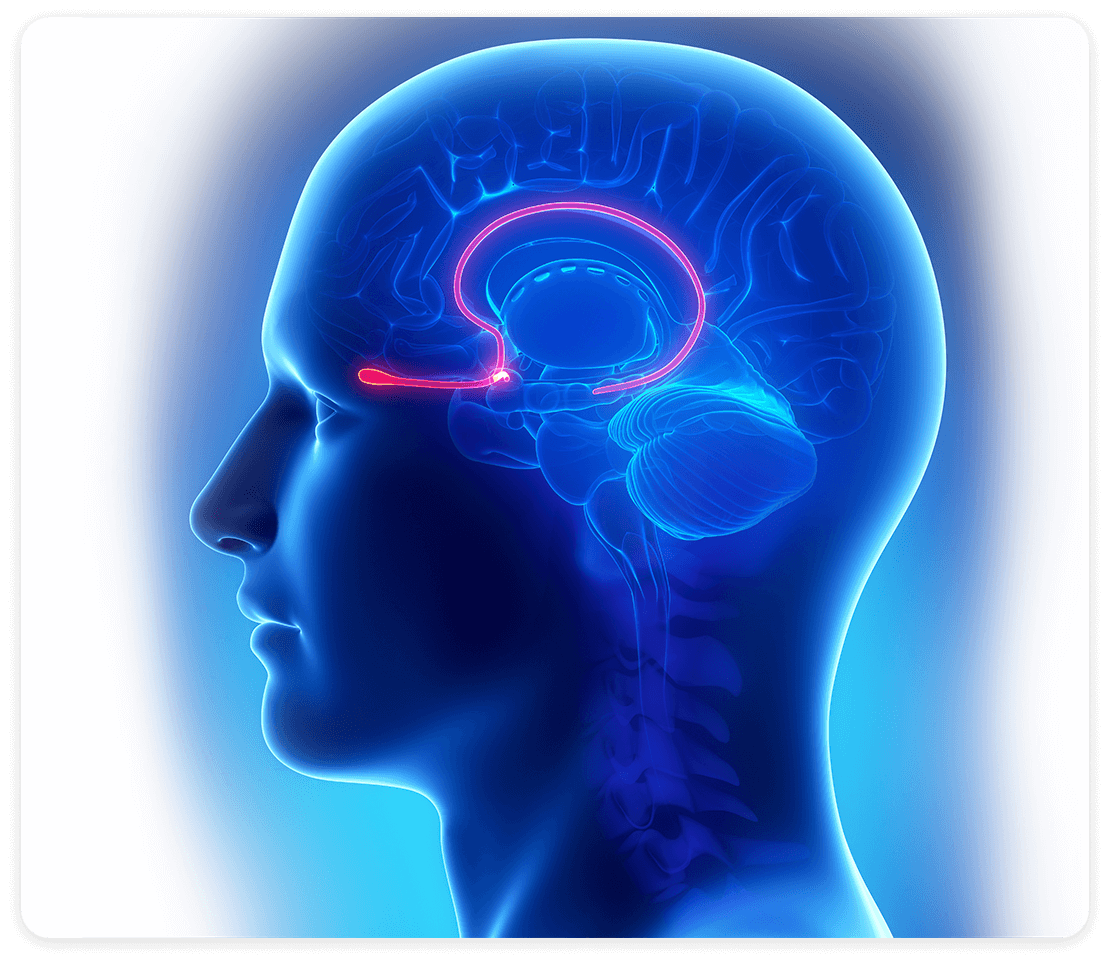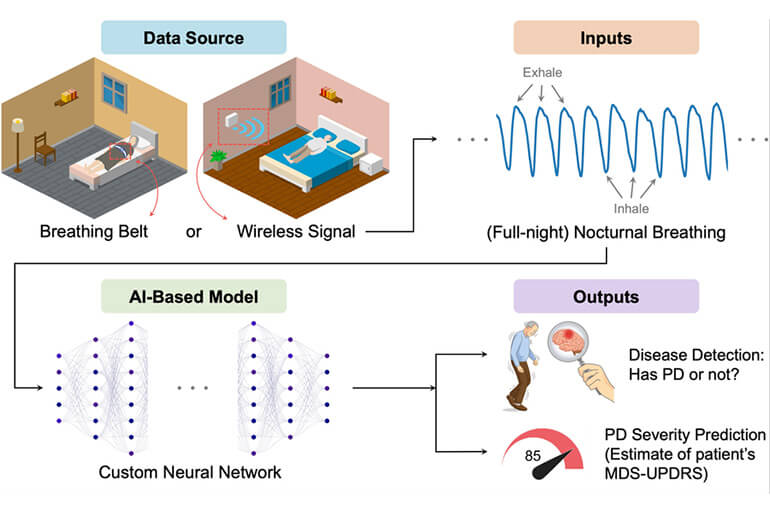Parkinson’s Disease is the fastest-growing neurological disease in the world. According to the Parkinson’s Foundation, more than 10 million people in the world suffer from this disease today. Still, and because of the difficulties in diagnosis that PD presents, the real number of persons suffering from it could be much higher. Clinical symptoms related to motor functions such as tremors and rigidity tend to appear several years before the actual beginning of the disease. This leads to late diagnosis and therefore to complications in overall disease management. To make things even harder, no drugs with a lasting effect have been found until today to reverse or stop Parkinson’s disease progression.
These two challenges posed by PD -elusive diagnosis, and inefficient drug treatment- are basically caused by the same issue: the lack of effective diagnostic biomarkers. Given this situation, clinicians have long identified a strong need for new biomarkers – both those that could help detect disease at an earlier stage and those that can track the severity of its progression over time. Parkinson himself, the discoverer of the disease, had noted back in 1817 a relationship between PD and the breathing patterns of the patients. But even though this has been known for almost two centuries, it is only now, with the emergence of AI technologies, that researchers have found an effective method to measure this very particular biomarker.
An AI device to measure breathing patterns
Respiratory alterations caused by PD often manifest many years before the more flagrant motor symptoms. This alone has always made them a promising lead that could aid in developing an earlier diagnosis of PD. The problem was that, until recently, we did not have the capacity to collect and process the enormous amount of data that was needed to confirm this hypothesis.
In Boston, researchers at the Department of Electrical Engineering and Computer Science (EECS) at the MIT and MIT Jameel Clinic have developed an AI model that uses the breathing patterns of patients during their sleep to detect Parkinson’s at an early stage. The model is based on a complex neural network that was built using public datasets as well as data from multiple hospitals in the United States. It is designed not only to detect the disease but also to determine the severity of the condition and its progression over time.
Using a small AI device that emits radio signals that reflect on the surrounding environment, huge amounts of data concerning patients’ breathing patterns can be collected during their sleep. This data is later thoroughly analyzed with the aid of the AI algorithm. The system created by MIT researchers has proved efficient at enabling early diagnosis of PD, as well as tracking the progression of the disease. Furthermore, the device they created can be activated by patients themselves in their own homes, making constant measurement and tracking possible.
The Struggle Continues – With new Allies
As we have seen, Parkinson’s disease has been historically difficult to diagnose and manage, posing an enormous challenge for healthcare specialists, researchers, and patients for decades. Though clinicians and researchers warn that we are still far away from overcoming the worst symptoms of Parkinson’s disease, the AI-powered system developed by researchers at MIT may be a huge step in the centuries-long struggle against one of the most challenging neurological diseases in the world.













